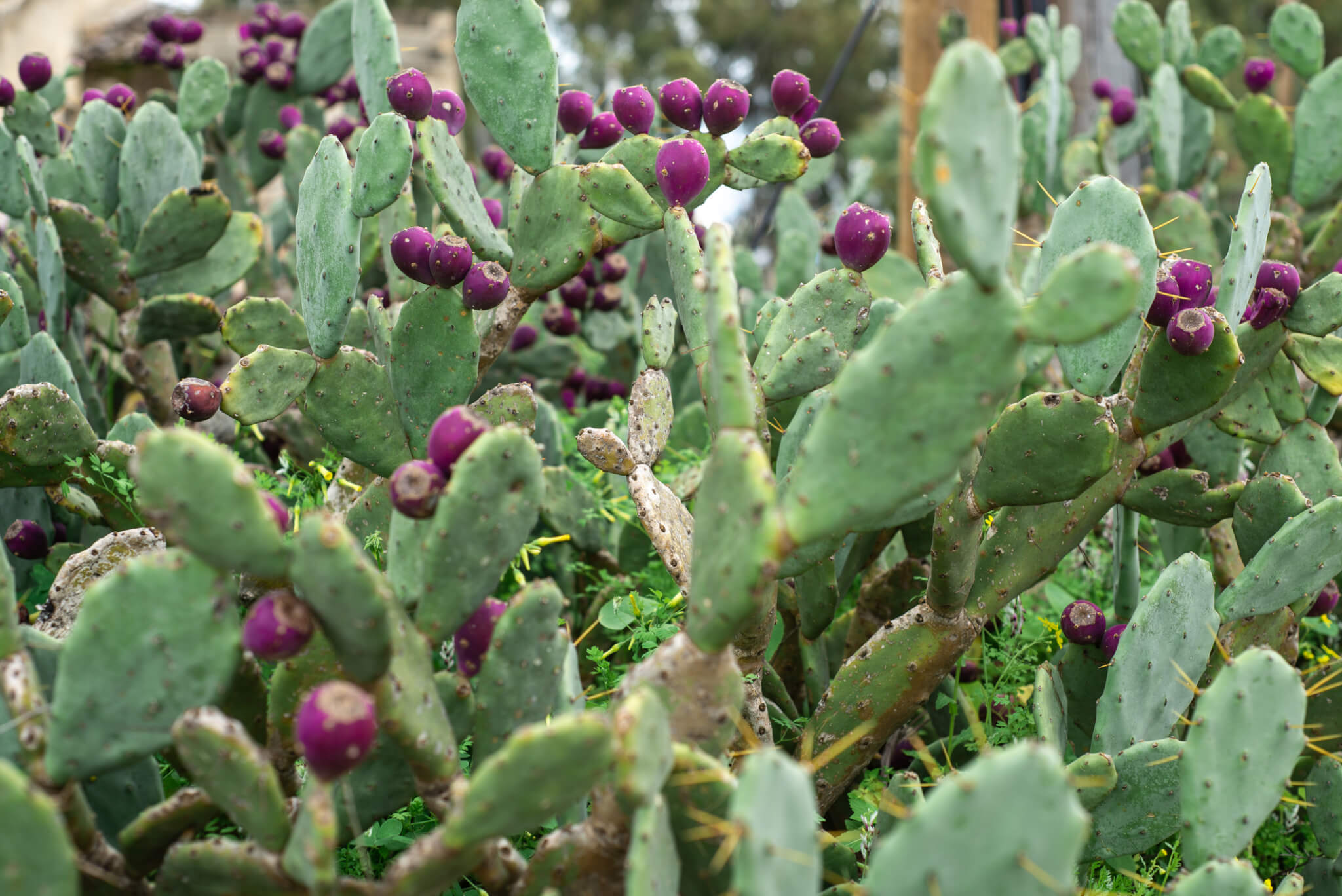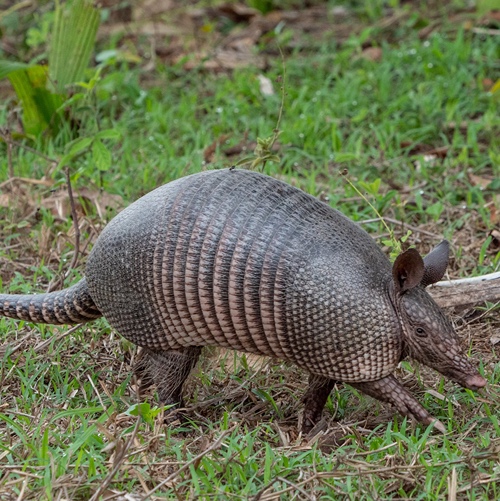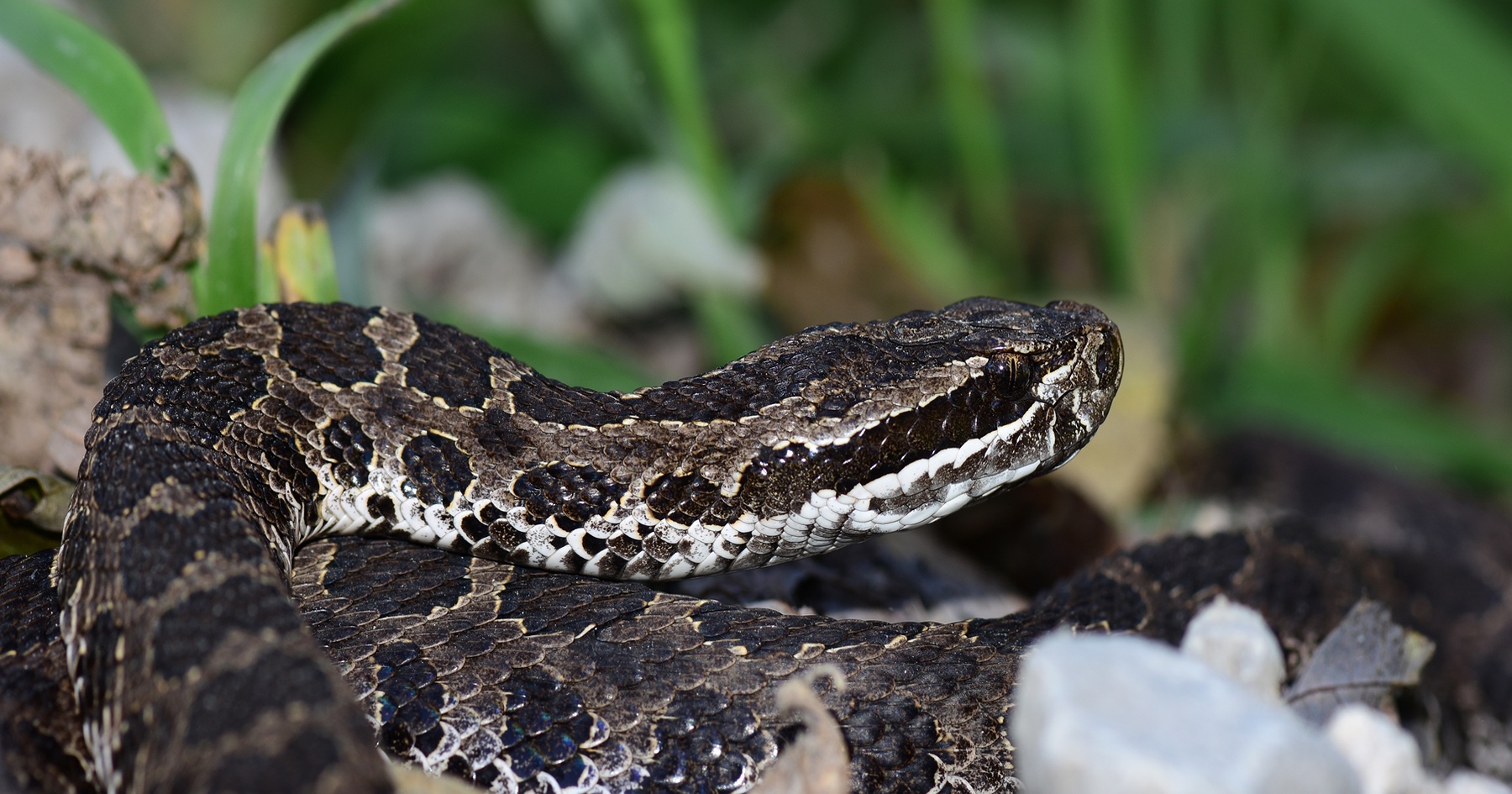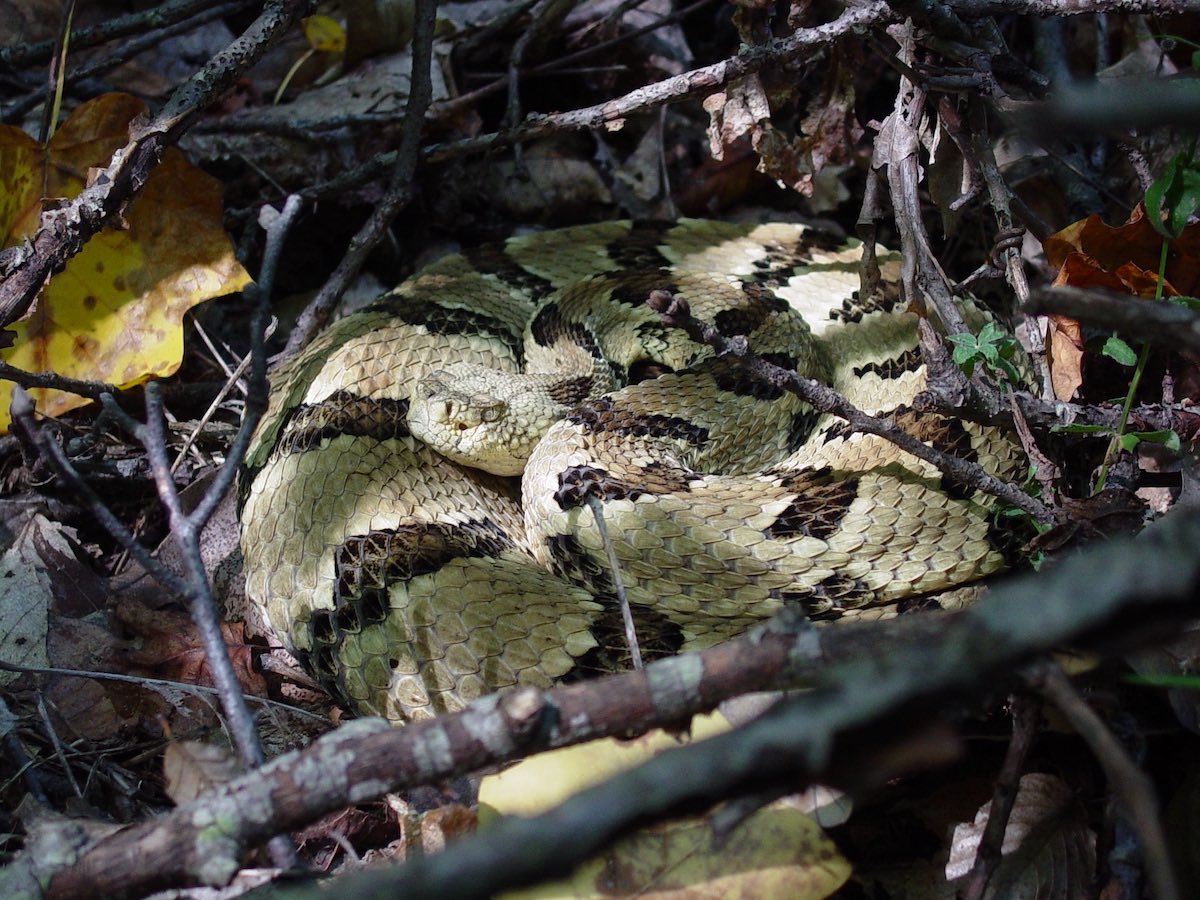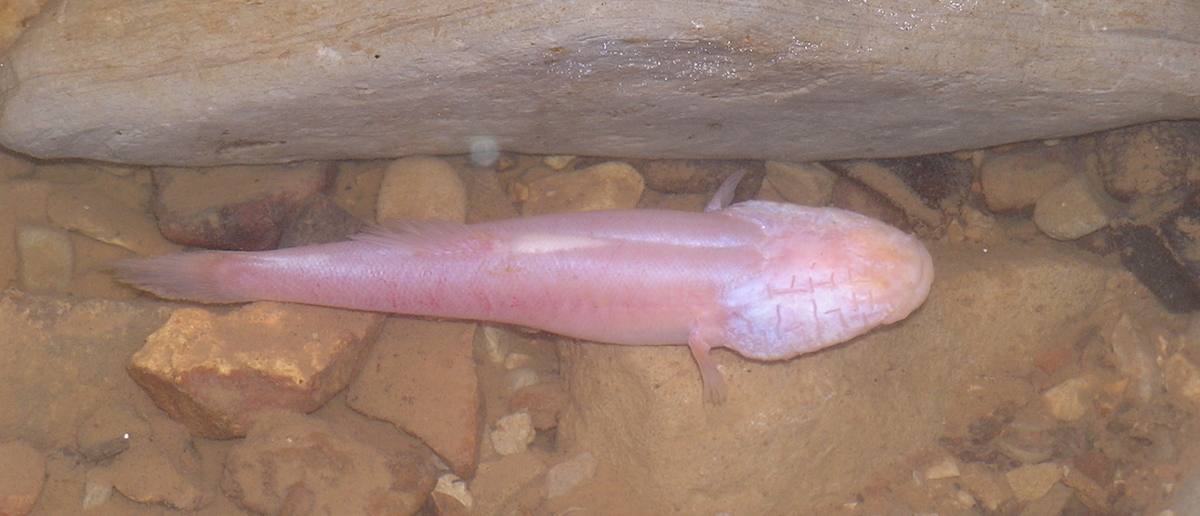Unexpected Plants and Animals of Indiana: Eastern Prickly Pear Cactus
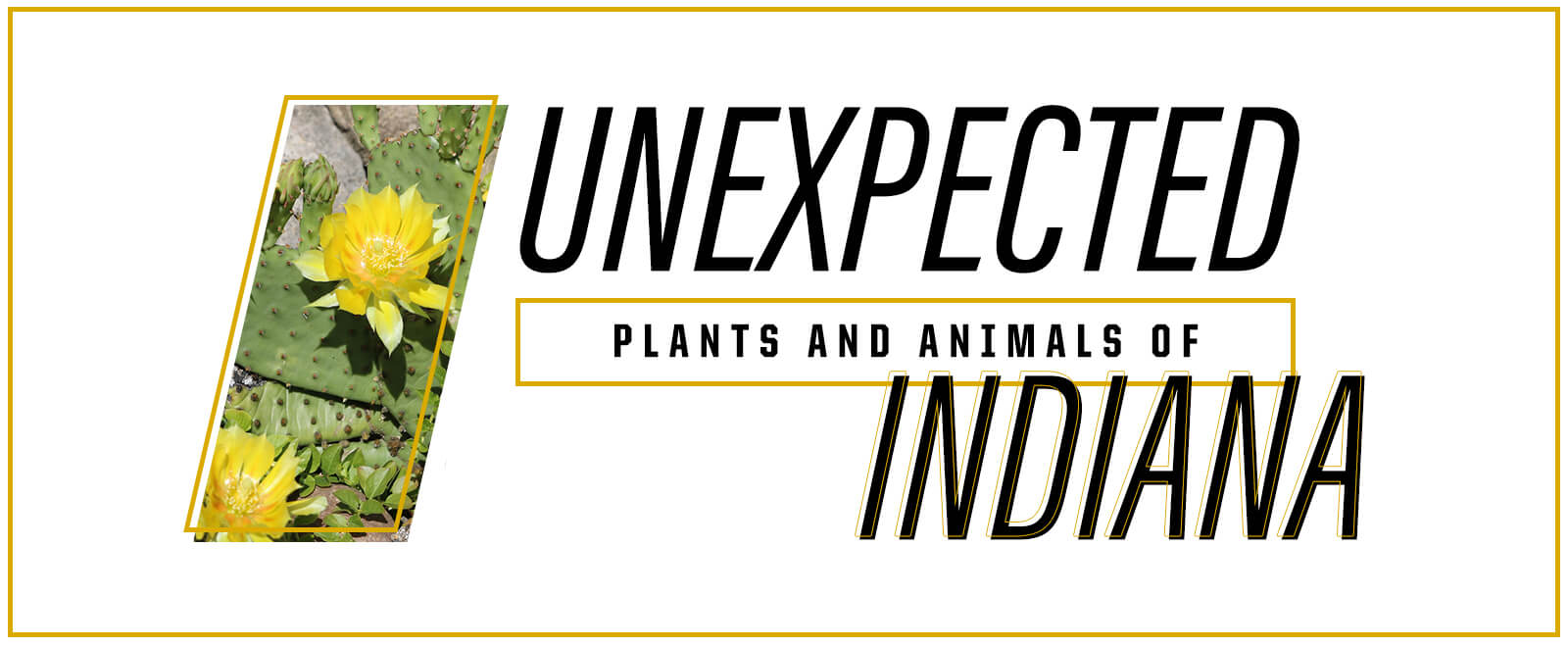
Indiana is home to a large variety of plant and animal life, supported by the range of Indiana habitats, from its prairies to verdant hardwood forests.
Discover some of the state’s more surprising species with Purdue Agriculture’s Unexpected Plants and Animals of Indiana series.
Online searches to buy succulents have steadily risen over the past five years, reaching an all-time high in 2020. Succulents like the eastern prickly pear cactus, Opuntia humifusa, are hardy enough to grow almost anywhere with dry soil, including Indiana. Their resiliency has helped their popularity bloom, but it is also why they can be a nuisance for weed management specialists like Bill Johnson, professor of botany and plant pathology.
“The calls I get about prickly pears usually come during drought years from the northwest part of Indiana,” said Johnson. “They have sandy soil close to Lake Michigan. We also get questions from sandy areas in southern Indiana.
“Horse pastures tend to be under-managed, so I’ll occasionally hear from someone who has moved their animals and wants to clear the cactuses out. Corn and soybean farmers can also have issues with prickly pears if they haven’t done a lot to manage their pasture.”
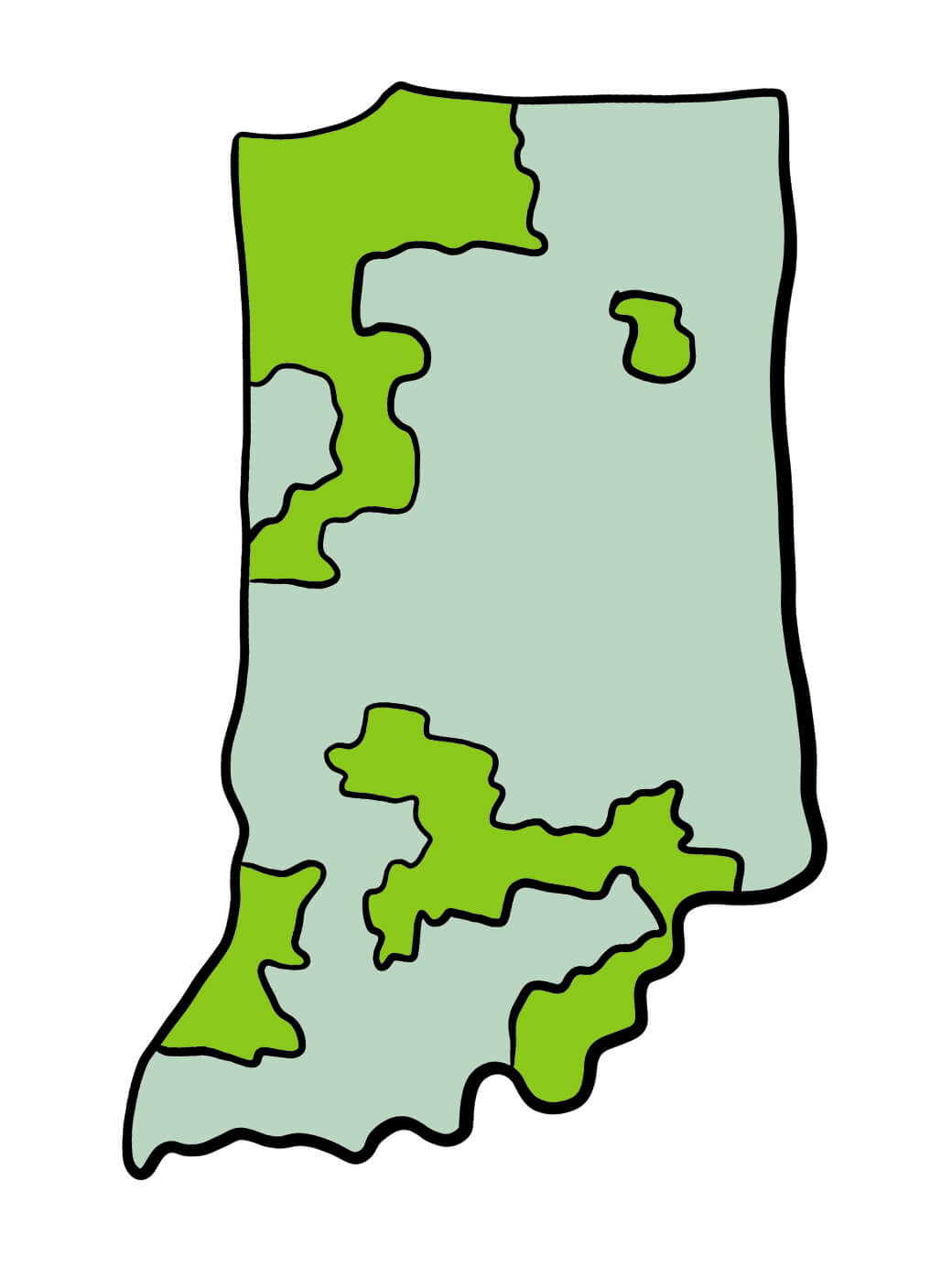
Removing prickly pears is not an easy task since mowing them will do more harm than good. “Mowers don’t get close enough to the ground and they tend to scatter the vegetative pieces around,” Johnson explained. And, due to the cactus’s tendency to grow in dry areas, burning them can be a risky solution.
“If a person has prickly pears in a large area, chemically treating them is going to be the most cost-effective and labor-effective way,” said Johnson.
While some may want to remove prickly pears, others value the plant. The cactus produces bright yellow flowers in the early summer and is sold by nurseries.
Red cochineal dye is produced from the insect Dactylopius coccus, which lives on prickly pears. The dye was once a valued Spanish export and important in Aztec culture. It was also the dye used for the red coats of the British army as well as the original uniforms of the Canadian Royal Mounted Police.
The fruit of the prickly pear cactus has been a dietary staple in Mexico and Central America for generations. Though they are not as closely related to pears as their name would imply, the eastern prickly pear’s flowering pads produce a red fruit with a flavor similar to melons.
The prickly pear’s juice has been used as a remedy to treat burns, diarrhea, asthma and other maladies. Recent preliminary evidence has shown that the plant can decrease blood sugar levels in those with type 2 diabetes. There has also been research suggesting the anti-inflammatory effects of the prickly pear cactus may lessen the effects of hangovers.
However, when someone does choose to incorporate prickly pears into their landscaping, Johnson recommends using flower pots or rock walls to limit their spread. “If you have a patch of prickly pear that is out of control, it would be a good opportunity to contact your county’s Extension educator for guidance,” Johnson advised.
